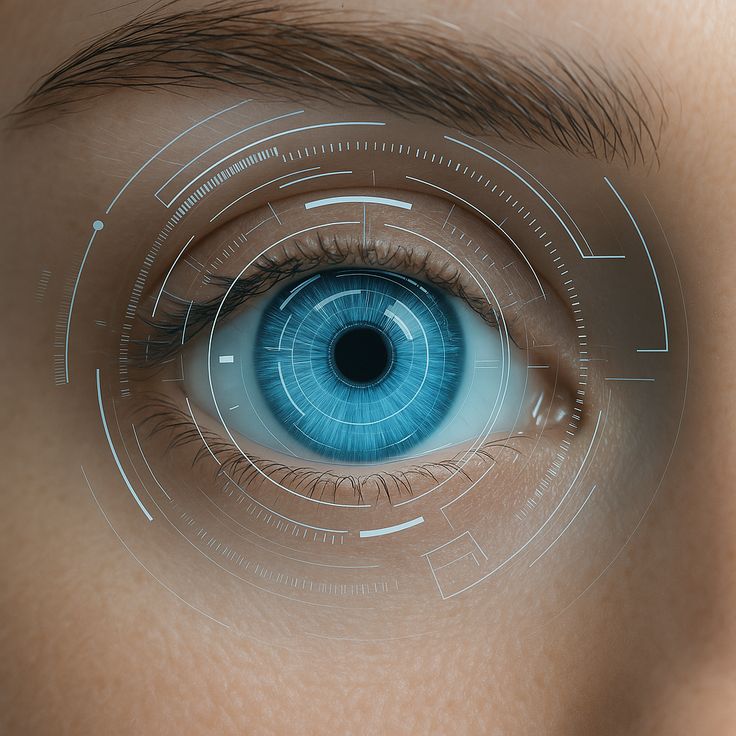Most commercial disputes settle out of court and success hinges on creating an undeniable factual record to persuade opposing parties to agree to a settlement. The goal is not to win in court, but to build the most compelling case for negotiation. While testimony has traditionally been a key part of that record, its nature and perceived reliability are shifting. Practice Direction 57AC, along side evolving judicial scepticism, requires litigators to prepare cases based on verifiable evidence rather than persuasive narratives.
Practice Direction57AC, regarding Business and Property Courts, changed the way that litigators prepare witness statements, aiming to move away from lengthy statements, and instead requiring testimony to contain only the evidence which is relevant to the case. It does not apply to affidavits or witness statements for interlocutory applications.
Practice Direction 57AC and how it affects case preparation
57AC has a lot of new regulations, but when preparing a case, the following are important for litigators to consider. Now, testimony needs to:
- Only include personal experiences belonging to the witness (3.2)
- Ensure that any mentioned documents are labelled clearly and included in a list at the end, while avoiding overreliance on documents where possible (3.2)
- The witness and legal representative must now sign a confirmation that they have complied with the practice direction (4.1)
This marks a significant departure from previous norms in commercial litigation practice. It sends a direct and firm message that statements are not there to weave a narrative. Their purpose is to illustrate facts. The prohibition on leading questions means clients need to be interviewed using open questions from the start, leading to more credible evidence that is hard to attack later.When building a case, litigators need to avoid witnesses basing their testimony on documents. Section 3.2 forces a litigant to distinguish between what the witness truly remembers and what has been reconstructed from case files. This helps to build the strength of the case, but can lead to difficulties where witnesses cannot remember, making case formation difficult. This is an opportunity for litigators to identify and address the strengths and weaknesses of testimony early, leading to stronger cases overall.
An important point to consider is in Curtiss v Zurich Insuranceplc & Ors [2022] EWHC 1514 (TCC). The court penalised the defendant for using 57AC to pick the claimant’s statements apart line by line, as this was not in the spirit of 57AC. This shows that the court will penalise parties who use the rules for procedural gamesmanship. It allows litigants to advise clients credibly that a focus on honest and factual evidence in both documents and testimony is strategically superior.
Judicial views on eyewitness testimony and memory
As time has progressed, judges have come to recognise the fallibility of human memory. Thisshift in procedure under 57AC mirrors a broader judicial scepticism towards memory that has been developing over time. For example, in Gestmin v Credit Suisse [2013] EWCA 3560 (Comm), Leggatt J said that the best approach for a commercial case, when dealing with witnesses, is to place little reliance at all on witnesses’ recollections of meetings and conversations. Instead, Leggatt J advocated basing factual findings on inferences drawn from documentary evidence and known/probable facts. When litigants are forming cases, this means that they should focus on the documents first and reach the testimony second.
Another case toconsider is Wirecard Technologies GmbH, WDB Abwicklungs AG i.L.(formerly called Wirecard Bank AG) v Greybull Capital LLP, Windsor Jersey Limited, Petrol Jersey Limited, Marc Joseph Meyohas. In this case, an allegedly fraudulent representation rested on a clash of witness recollections. The witnesses admitted their memories were hazy and potentially unreliable. The judge did not examine the witnesses’ accounts based on credibility but instead focused on which account was correct. The favouring of the defendant was not based on malicious lying in court, but instead on an account that was “innocently” put forward, but still inaccurate. A litigant’s job is to identify these hazy recollections in witness evidence and pit them against the contemporaneous documents to build a stronger case. This is especially important where there has been a long passage of time or there are significant differences of opinion between the parties.
Cases such as Gestmin and Wirecard illustrate that although oral testimony plays a critical role, human memory can be unreliable.Therefore, contemporaneous documentation frequently provides more reliable assistance to the court in establishing an accurate account of events.Together, these cases show how human memory is unreliable when compared to documentary evidence.
How can this shape day-to-day practice?
There are several ways that 57AC and a growing suspicion of eyewitness testimony affect day-to-day practice. Settlement negotiations, for example, are stronger if they’re based on documents as the primary evidence. This is due to Gestmin and 57AC emphasising documents over eyewitness testimony and gives greater leverage in negotiations.
At their core, client interviews are now evidence-gathering exercises rather than a retelling of the client’s story. The difference here will affect how litigators ask the client questions and from there how the case is built. Open questions allow for evidence to be acquired which can withstand scrutiny.
Concluding remarks
Ultimately, the evolution of rules like 57AC and the courts’ increasing scepticism toward the reliability of human memory mark a change in commercial litigation and the preparations litigators must make. Practitioners must adapt by prioritising robust documentary evidence, conducting interviews that emphasise genuine recollection, and obtaining nuanced, fact-based testimony to build stronger cases. By embracing this shift, litigators can strengthen the integrity and credibility of their cases and improve their outcomes.

